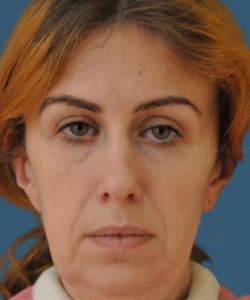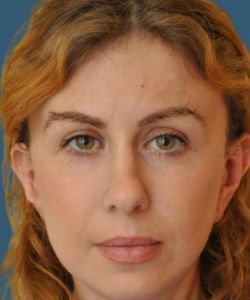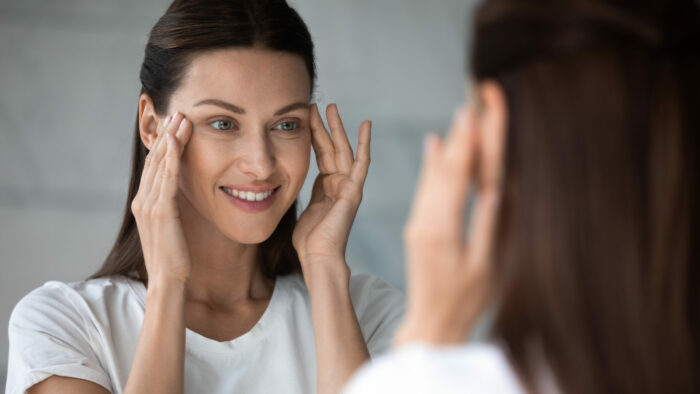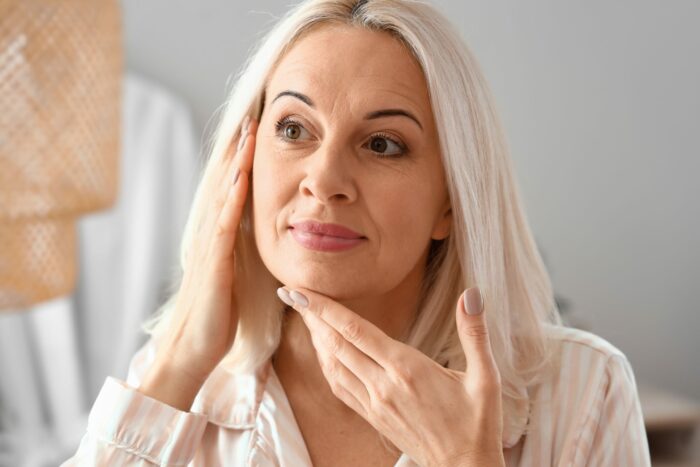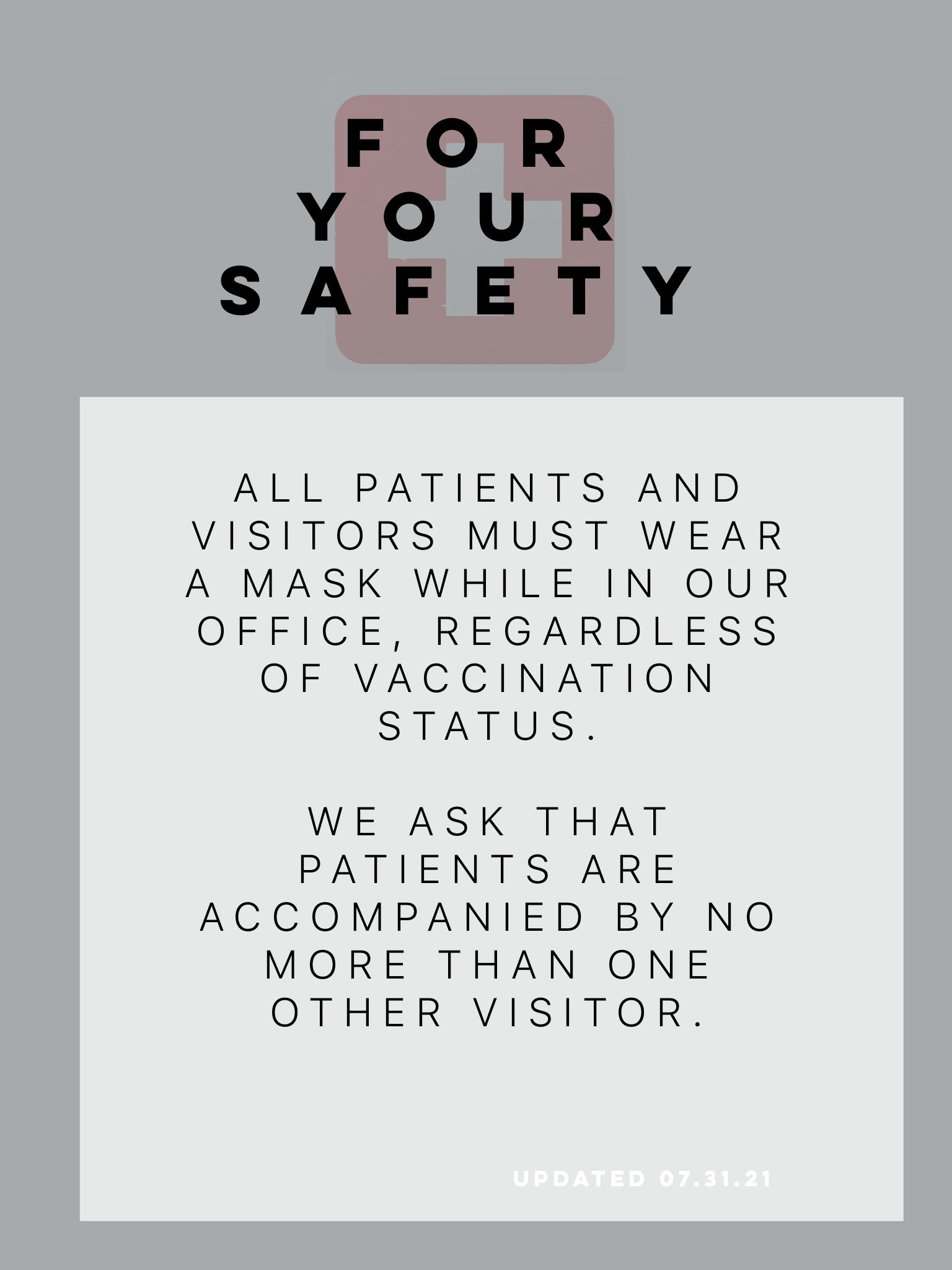Am I a Good Candidate for a Facial Fat Transfer?
Several factors help your Specialty Aesthetic Surgery team decide whether facial fat transfer is the best option for you. You might be a good candidate for this procedure if:
You Want to Add Natural Volume
One advantage of facial fat transfer is that it does not use any artificial materials. Only fat from your body is injected, making the risk of a reaction almost nonexistent. Unlike dermal fillers that use lab-created materials, facial fat grafting is entirely natural.
You are Frustrated With Fillers
If you have tried dermal fillers and found them unsatisfactory, a facial fat transfer may be right for you. The most common concern people have with dermal fillers is having to return repeatedly for more injections. Another common concern is that the fillers did not work for you as you expected. A facial fat transfer avoids many of the most common dermal filler issues.
You Have Enough Body Fat
Good candidates for facial fat transfer need enough fat to be collected and injected. While most people will not have an issue, those who are very slender and do not carry much excess body fat may not be ideal facial fat grafting candidates. Only a consultation can determine whether you have enough fat for this procedure.
You Are in Good Health
Candidates for facial fat transfer should not have any health problems that could affect the procedure or their safety. You may not be a candidate if you have certain medical conditions, including bleeding disorders, or are pregnant. Candidates should not have an infection or active skin condition in the treatment area.
You Understand the Risks and Benefits
During your consultation, your facial fat transfer surgeon will discuss all the potential risks of the procedure as well as the benefits you can expect. Candidates should carefully consider these factors for any procedure before making a decision.
How Does Facial Fat Grafting Work?
Facial fat transfer begins with your surgeon collecting fat from a donor area. This part of the procedure can take place using local anesthesia or sedation. After liposuction, this fat is processed to concentrate the maximum number of healthy, living fat cells and their accompanying stem cells.
After preparation, the fat is injected into the targeted areas of your facial features. The amount of fat injected depends on how much volume you want to add. Not all the transferred fat cells will establish themselves, so more are usually injected with the expectation that the final results will have the anticipated appearance.
After injection, the transferred fat cells will settle into their new home, establish a blood supply, and continue to behave like normal fat cells anywhere in your body. Your body cannot tell where this new fat came from, so it does not react to it.
